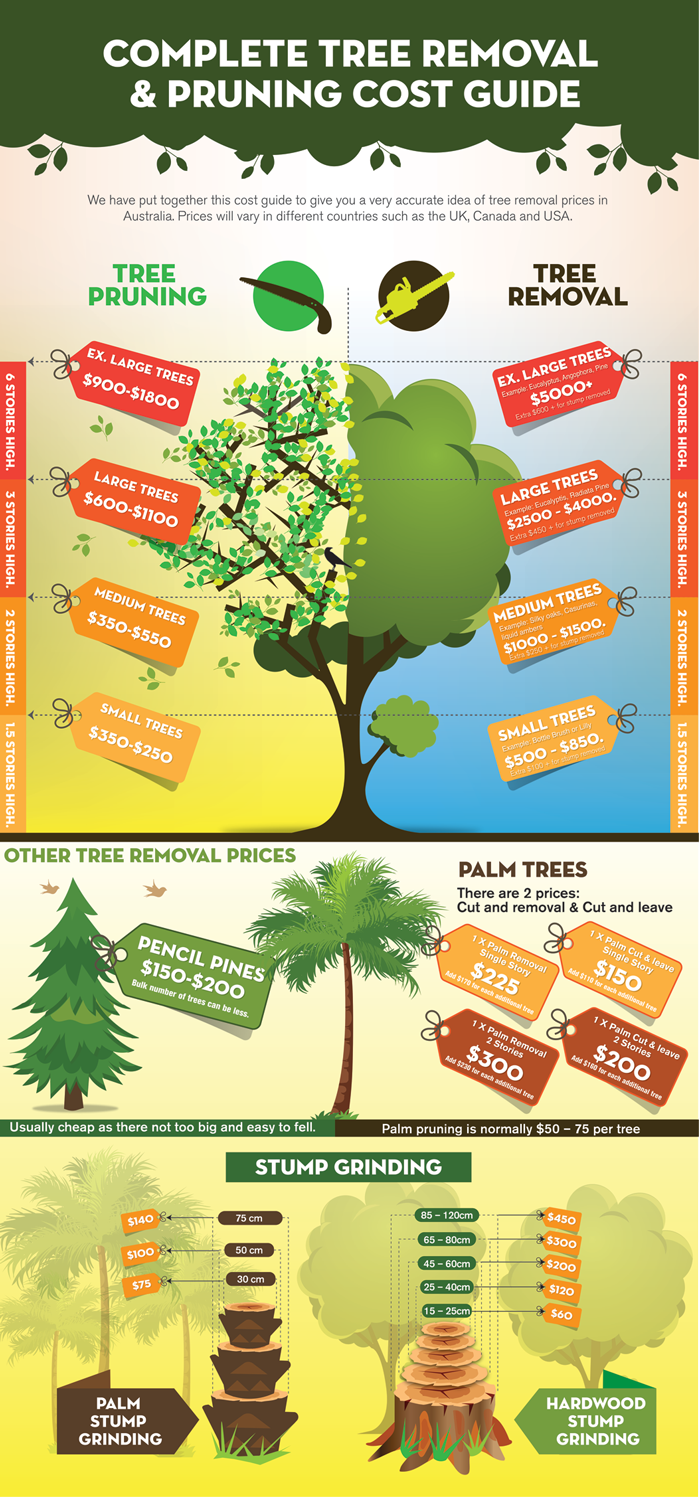Assessing Tree Health And Wellness: Guidelines For Deciding On Tree Removal
Assessing Tree Health And Wellness: Guidelines For Deciding On Tree Removal
Blog Article
Content Develop By-Buckley Britt
If you have actually ever before questioned the destiny of the trees on your property, understanding when it's time for removal is important. Yet how do you determine if a tree can be conserved or if elimination is the only option? By searching for specific indications and evaluating security risks, you can make educated choices that profit both your landscape and your environments. Let's discover the vital aspects that enter play when deciding the destiny of a tree and how you can ensure the best result for your environment-friendly friends.
Indicators of Tree Decrease
If you see any one of the adhering to signs of tree decrease in your backyard, it may be time to consider tree removal.
One typical indication is dead or decaying branches, which can indicate underlying concerns influencing the tree's health. Keep an eye out for discolored or wilted fallen leaves that linger despite appropriate treatment, as this could be an indication of illness or parasites.
An additional warning signal is too much leaning or a visible shift in the tree's base, which might recommend origin issues or structural instability. Watch out for fungal growth on the trunk or origins, as this can suggest rot and compromise the tree's stability.
Additionally, if you observe big splits in the trunk or major limbs, it's vital to deal with these issues without delay to stop potential dangers. Attending to these indicators of tree decrease promptly can help keep the safety and aesthetics of your yard setting.
Security Problems
To ensure the wellness of your residential or commercial property and those around you, prioritizing safety problems connected to trees is paramount. Trees can pose various security dangers if not correctly kept. Dead or rotting branches may fall all of a sudden, jeopardizing individuals or damaging frameworks.
Leaning trees can also be harmful, particularly if they're leaning towards a building or high-voltage line. Additionally, please click the next document with comprehensive origin systems near foundations or below ground energies can trigger substantial damage over time.
It's critical to regularly examine your trees for any type of signs of potential danger. Watch out for fractures in the trunk, huge dental caries, or indications of illness and degeneration. If you observe any one of these concerns, it's ideal to consult with an expert arborist to examine the situation and identify the required strategy.
Taking aggressive steps to attend to safety and security problems without delay can stop mishaps and building damage in the future. Remember, the security of your residential or commercial property and those around you need to constantly be the top concern when it concerns tree upkeep.
Consulting an Arborist
When taking into consideration the health and safety of your trees, getting in touch with an arborist is a critical step. Arborists are educated professionals that specialize in the treatment and maintenance of trees. They can evaluate the total wellness of your trees, recognize any type of issues such as illness or structural issues, and offer expert suggestions on the most effective strategy.
By speaking with an arborist, you can receive useful insights into the problem of your trees and establish whether removal is required. Arborists have the expertise and experience to review the dangers connected with keeping a tree versus removing it. They can also use assistance on alternate services, such as pruning, cabling, or bracing, to assist preserve the tree whenever feasible.
Additionally, https://www.journalinquirer.com/business/eversource-contacts-tree-owners-via-technology/article_5af0339a-8bbf-11ea-8c0c-0357135824e1.html can help you browse any kind of regional regulations or permits that may be needed for tree removal. Their knowledge can make certain that the procedure is carried out securely and in conformity with any type of suitable regulations.
Conclusion
Finally, when identifying whether trees can be conserved or if removal is necessary, it is necessary to think about signs of decrease and safety problems. Consulting an arborist for a complete analysis is necessary in making the very best decision for the tree's health and wellness and possible dangers. Bear in mind, positive care and timely activity can help preserve trees and avoid crashes.
